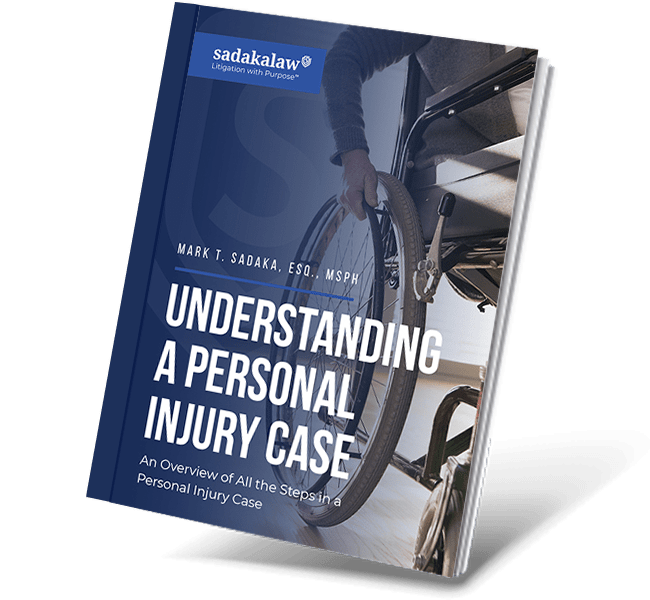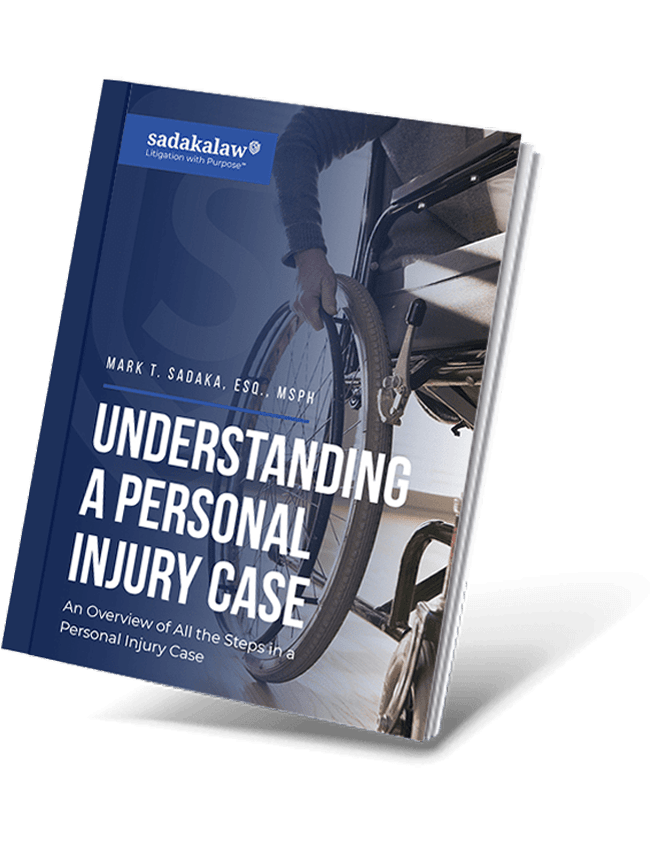In a recent article found at Medical News Today, according to a newly published study there are high levels of toxic polychlorinated biphenyls (PCBs) that were discovered by a group of University of Iowa researchers in the Indiana Harbor and Ship Canal (IHSC).
The group found the high levels of PCBs in the deep sediments lining the IHSC in East Chicago, Ind. Scientists say the discovery is cause for concern because the IHSC is scheduled to be dredged in spring 2012 to maintain proper depth for ship traffic in this heavily industrialized area of southern Lake Michigan.
The IHSC is an active canal system that supports large vessels. But to remain viable for industrial shipping, the U.S. Army Corps of Engineers, Chicago District, plans to begin a long-term dredging project to restore adequate navigational depth.
The study, published online in the journal Chemosphere, builds upon a previous UI study that found the release of PCBs from the sediment floor to the water above, and then, to the air. This time, scientists drilled down into the floor of the canal and discovered that the concentration of PCBs buried within the sediment is even higher.
“We found that the deeper you go, the more toxic it is,” said Andres Martinez, a UI postdoctoral scholar in civil and environmental engineering and lead author of the study. “Dredging the IHSC has the potential to expose these more toxic sediments.”
PCBs can enter the human body by eating or drinking contaminated food, through the air we breathe, or by skin contact. According to the Environmental Protection Agency (EPA), these compounds have been shown to cause cancer, along with a variety of other adverse health effects on the body’s immune, reproductive, nervous and endocrine systems.
“This finding is significant because it demonstrates that the concentration of toxic chemicals below the surface of the canal floor is quite high,” said Keri Hornbuckle, professor of civil and environmental engineering in the UI College of Engineering and coauthor of the study. “We need to get this information out, because the level of pollutants underneath the sediment has never been reported.”
PCBs were widely used as coolants in electrical transformers and in a wide variety of products, ranging from waterproofing compounds to paints and pesticides. They were manufactured from 1929 until they were banned in 1979 due to their toxicity and lingering effects on the environment.
In a statistical analysis, Martinez determined that sediments in Core 1 – collected far from Lake Michigan and the main canal, where there is less vessel traffic – had PCB concentrations higher than 50 parts per million (ppm), which qualifies as hazardous waste according to EPA standards. At those levels, the IHSC could be designated a Superfund Site. Superfund is a federal effort to clean up abandoned hazardous waste sites.
“They need to dredge it, but I think they need to dredge it all,” Hornbuckle said. “If you were going to dredge it all, you would figure out where all the pollutants are and then you would remove them and move them somewhere safe. They don’t intend to dredge it all, because that would be much more expensive and disruptive to this very active harbor.”
“It’s not the act of dredging that is the problem. The problem is when you leave contaminated chemicals at the surface that continue to be released forever.”
Researchers acknowledge that the Army Corps of Engineers may not dredge deep enough to expose the highly toxic PCBs. Now that they’ve identified the presence of toxic PCBs in the deep sediment, the next step is to try to predict what will happen if the new sediment is exposed.


